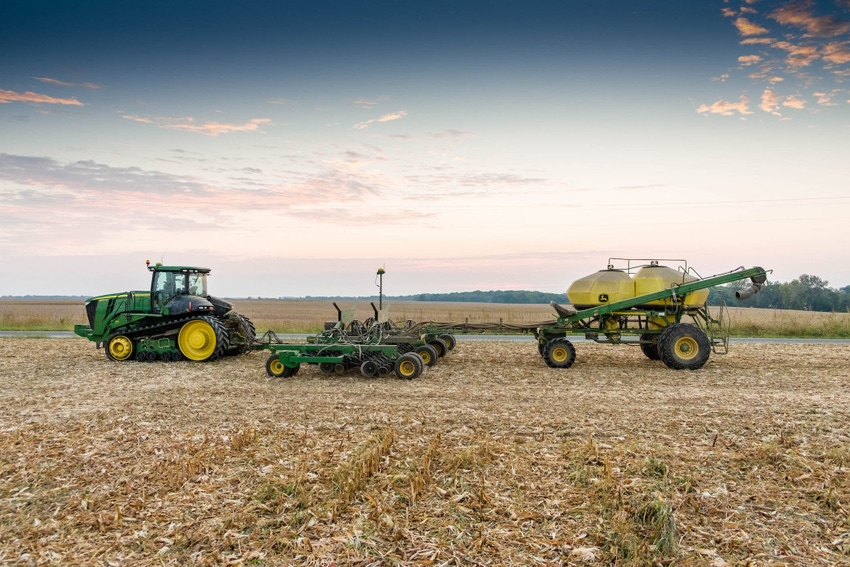November 7, 2018

By Alexander Lindsey, Peter Thomison
As producers are planning their seed needs for next year, it is important to think about acreage, hybrids, and seeding rates. Finding the best corn seeding rate is important for efficient production, but the “optimum” corn seeding rate – the one that maximizes profitability – can vary within and among fields with small differences in soils and weather. While adoption of variable rate technology is increasing, there are still questions related to how this technology will impact seeding rates, profitability and be impacted by yield level compared to using a uniform (or fixed) seeding rate with modern hybrids. In order to help estimate the profitability of variable rate corn seeding in the U.S. Corn Belt, we used results of 93 seeding rate trials in Ohio (2012-2016) to see how variable the response to seeding rates was, and to see if factors like yield level might help us do a better job of setting plant populations.
Eighty percent of the environments showed a quadratic yield response to seeding rate, meaning that most yields were lower at the highest seeding rates compared to medium seeding rates. The economic optimum seeding rate (EOSR) values ranged from 18,000 to 44,340 seeds/acre, with an overall average of 32,129 seeds/acre(Table 1). Yield at the EOSR ranged from 117 to 271 bu/acre (205.5 bu/acre average), which resulted in a return-to-seed (RTS) range of $360 to $900/acre with an average RTS of $673.52/acre. The uniform optimum seeding rate (UOSR) that maximized profitability was 32,721 seeds/acre and 202.6 bu/acre, respectively, with an estimated RTS of $661/acre (Table 1). Overall, the estimated RTS advantage from using the EOSR in each trial was $12.53 ac-1. There was a weak relationship suggesting an increased EOSR with increasing grain yield, but difficulty still exists to pinpoint the best seeding rate to use before the season starts.
Table 1. Average EOSR and UOSR for Ohio trials. The ‘Difference’ column shows the UOSR subtracted from the EOSR values.
| EOSR | UOSR | Difference† |
Optimum seeding rate (seeds/acre) | 32,129 | 32,721 | -592 ns |
Yield (bu/acre) | 205.5 | 202.6 | 2.9 ** |
Return from yield ($/acre) | $769.91 | $759.15 | $10.76 ** |
Cost of seed ($/acre) | $96.39 | $98.16 | -$1.77 ns |
Return to seed ($/acre) | $673.52 | $660.99 | $12.53 ** |
†ns indicates paired t-test P> 0.05, *indicates paired t-test is significant at P< 0.05, and ** indicates significant at P< 0.01.
This data suggests there is potential for modest increases in profitability from optimization of corn seeding rate in environments with a range in yield levels. Predictions of optimal seeding rates within a field and year will need to improve beyond current levels before estimated RTS of this level will be approached. Small changes in seeding rates may be needed to impact profitability, but obtaining this resolution on small spatial scales is a challenge that will need to be addressed in future research. The full fact sheet can be found here: AGF-520 Estimating Return-to-Seed of Variable vs. Uniform Corn Seeding Rates (https://ohioline.osu.edu/factsheet/agf-520).
Emerson Nafziger was also an author on this article
You May Also Like




